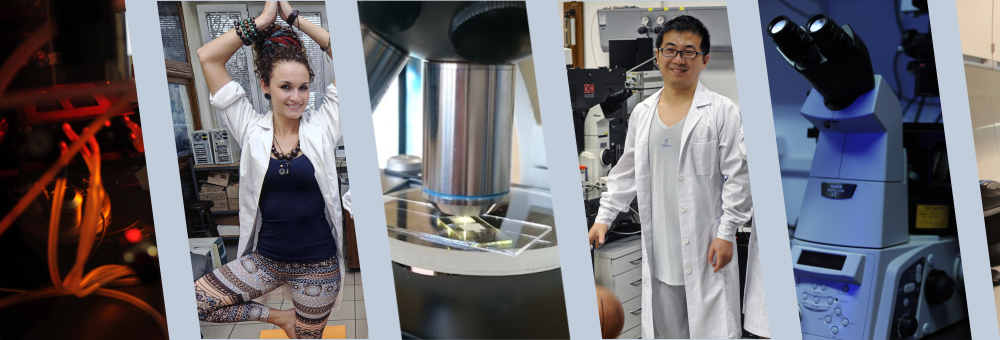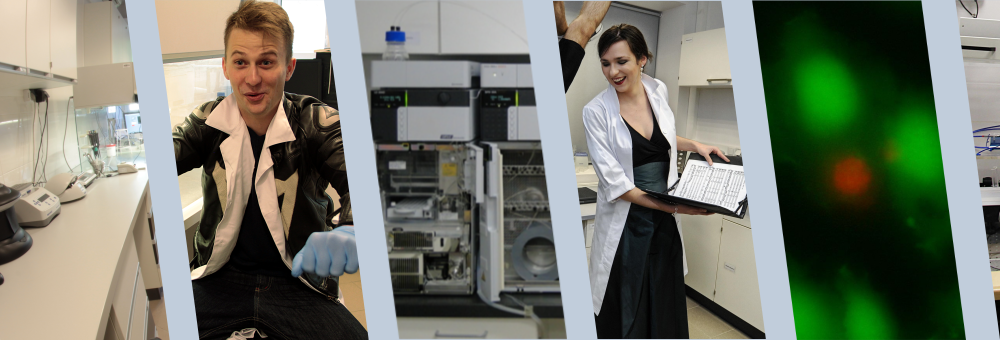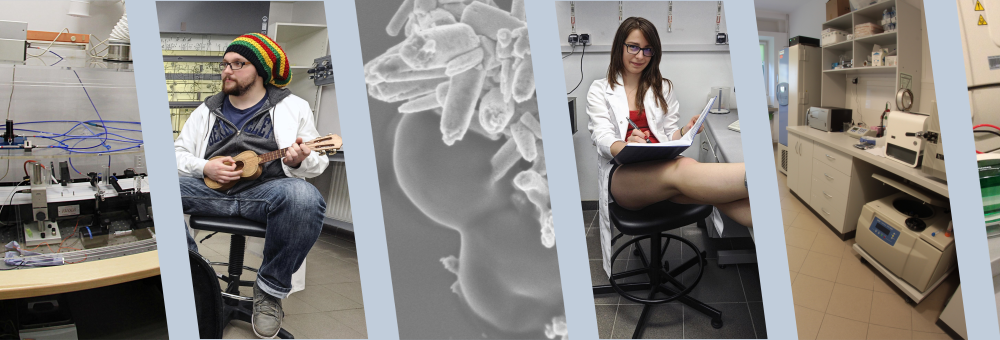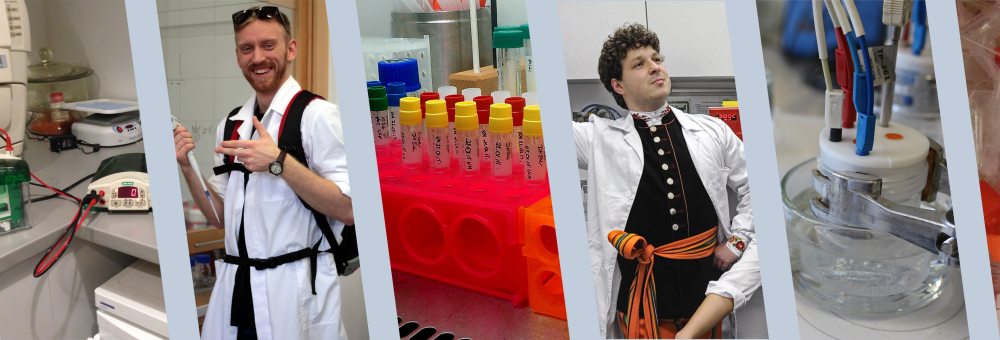Publication
Biologistics-Diffusion coefficients for complete proteome of Escherichia coli
Author(s): Kalwarczyk, Tomasz and Tabaka, Marcin and Holyst, Robert
Title: Biologistics-Diffusion coefficients for complete proteome of Escherichia coli
Abstract: Motivation: Biologistics provides data for quantitative analysis of (diffusion) processes and their spatio-temporal correlations cells. Mobility of proteins is one of the few parameters necessary to reaction rates for gene regulation. Although understanding of biochemical reactions in vivo requires mobility data the largest possible number of proteins in their native forms, there is no database that would contain the complete about the diffusion coefficients (DCs) of proteins in a cell type. We demonstrate a method for the determination of in vivo DCs any molecule-regardless of its molecular weight, size and any type of cell. We exemplify the method with the database in vivo DC for all proteins (4302 records) from the proteome of K12 of Escherichia coli, together with examples of DC of amino acids, RNA and DNA. The database follows from the scale-dependent reference curve (sdVRC). Construction of sdVRC for prokaryotic eukaryotic cell requires similar to 20 in vivo measurements using such as fluorescence correlation spectroscopy (FCS), recovery after photobleaching (FRAP), nuclear magnetic (NMR) or particle tracking. The shape of the sdVRC would be for each organism, but the mathematical form of the curve the same. The presented method has a high predictive power, as measurements of DCs of several inert, properly chosen probes in a cell type allows to determine the DCs of thousands of proteins. obtained mobility data allow quantitative study of biochemical interactions in vivo.
Pages: 2971-2978
Journal: BIOINFORMATICS
Volume: 28
ID: ISI:000311303500015
Year: 2012
DOI: 10.1093/bioinformatics/bts537









